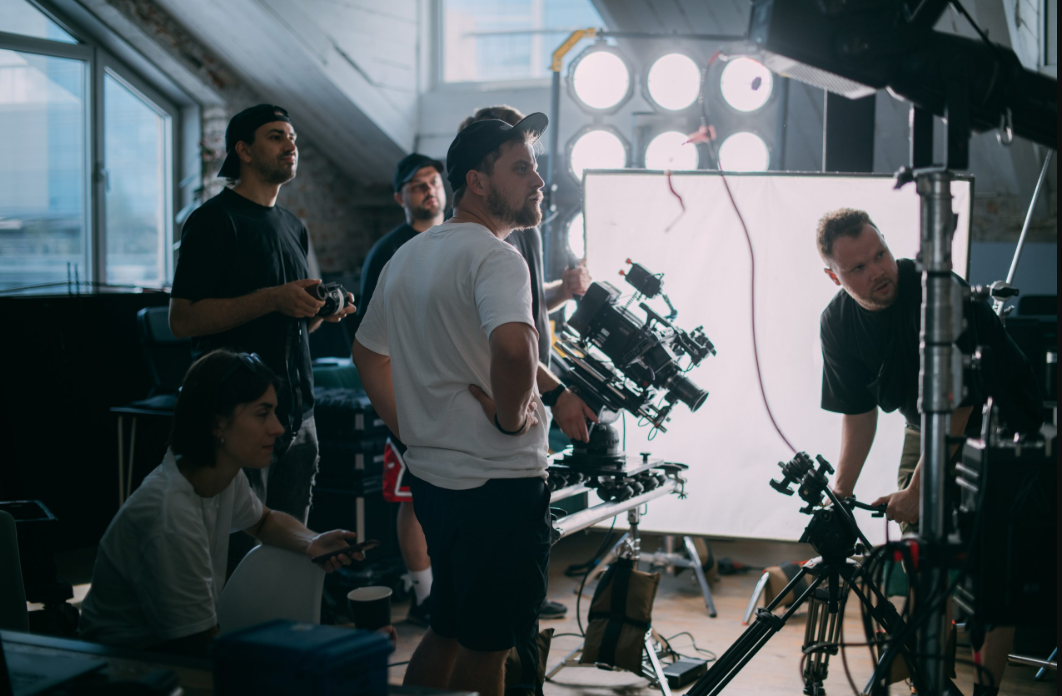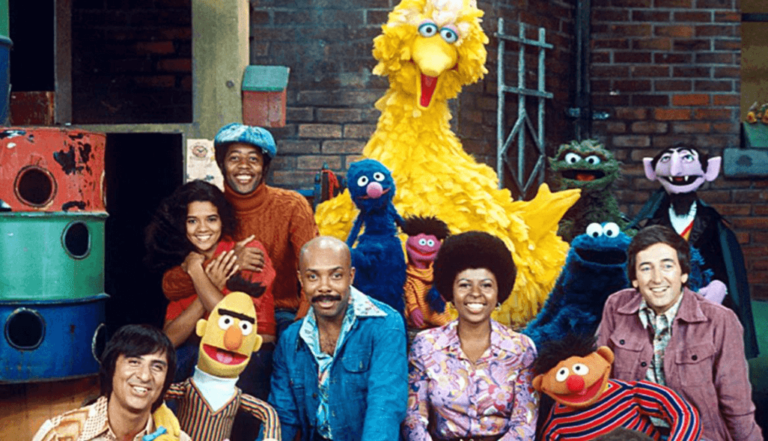The Future of Movies: Trends to Watch in Film and Technology
The film industry stands at a crossroads, driven by technological advancements that promise to redefine cinematic experiences. Virtual reality introduces a new dimension of storytelling, while artificial intelligence enhances both creativity and efficiency. Streaming platforms are evolving to cater to individualized viewing preferences, shifting control to the audience. As these trends converge, the potential for innovative narratives and artistic expression grows. What implications might this transformation hold for filmmakers and viewers alike?
The Rise of Virtual Reality in Storytelling
How might the integration of virtual reality (VR) redefine the narrative landscape of cinema?
By creating immersive virtual environments, VR offers audiences a transformative experience where they are not just observers but active participants.
This heightened narrative immersion allows for a deeper emotional connection to the story, fostering a sense of freedom that traditional cinema struggles to achieve.
Ultimately, this integration of VR is reshaping how stories are told and experienced.
See also: The Evolution of Cinema: How Movies Have Changed Over the Decades
Artificial Intelligence as a Creative Partner
Artificial intelligence (AI) is increasingly emerging as a pivotal creative partner within the film industry, revolutionizing the collaborative process between technology and human creativity.
Through AI collaboration, filmmakers harness algorithmic creativity to generate innovative narratives, enhance visual effects, and streamline production workflows.
This partnership not only expands artistic possibilities but also empowers creators, fostering a landscape where imagination and technology coexist harmoniously.
The Evolution of Streaming Platforms
As the digital landscape continues to evolve, streaming platforms have transformed the way audiences consume movies, fundamentally altering the dynamics of the film industry.
Subscription models now dominate, granting viewers unprecedented access to diverse content. Coupled with advanced content personalization, these platforms cater to individual tastes, fostering a sense of autonomy in viewing choices.
This evolution signifies a shift toward more liberated, tailored cinematic experiences.
Interactive and Immersive Viewer Experiences
While traditional filmmaking has relied on a passive viewing experience, the rise of interactive and immersive viewer experiences is reshaping engagement in the cinematic realm.
This evolution fosters deeper audience engagement, allowing viewers to influence narratives and outcomes.
Conclusion
As the film industry embraces these transformative trends, it becomes evident that “necessity is the mother of invention.” The integration of virtual reality, artificial intelligence, and advanced streaming platforms is not merely a response to changing consumer preferences but a proactive evolution toward a more engaging cinematic experience. This convergence of technology and creativity not only enhances storytelling but also redefines the relationship between filmmakers and audiences, paving the way for a vibrant future in cinema.




